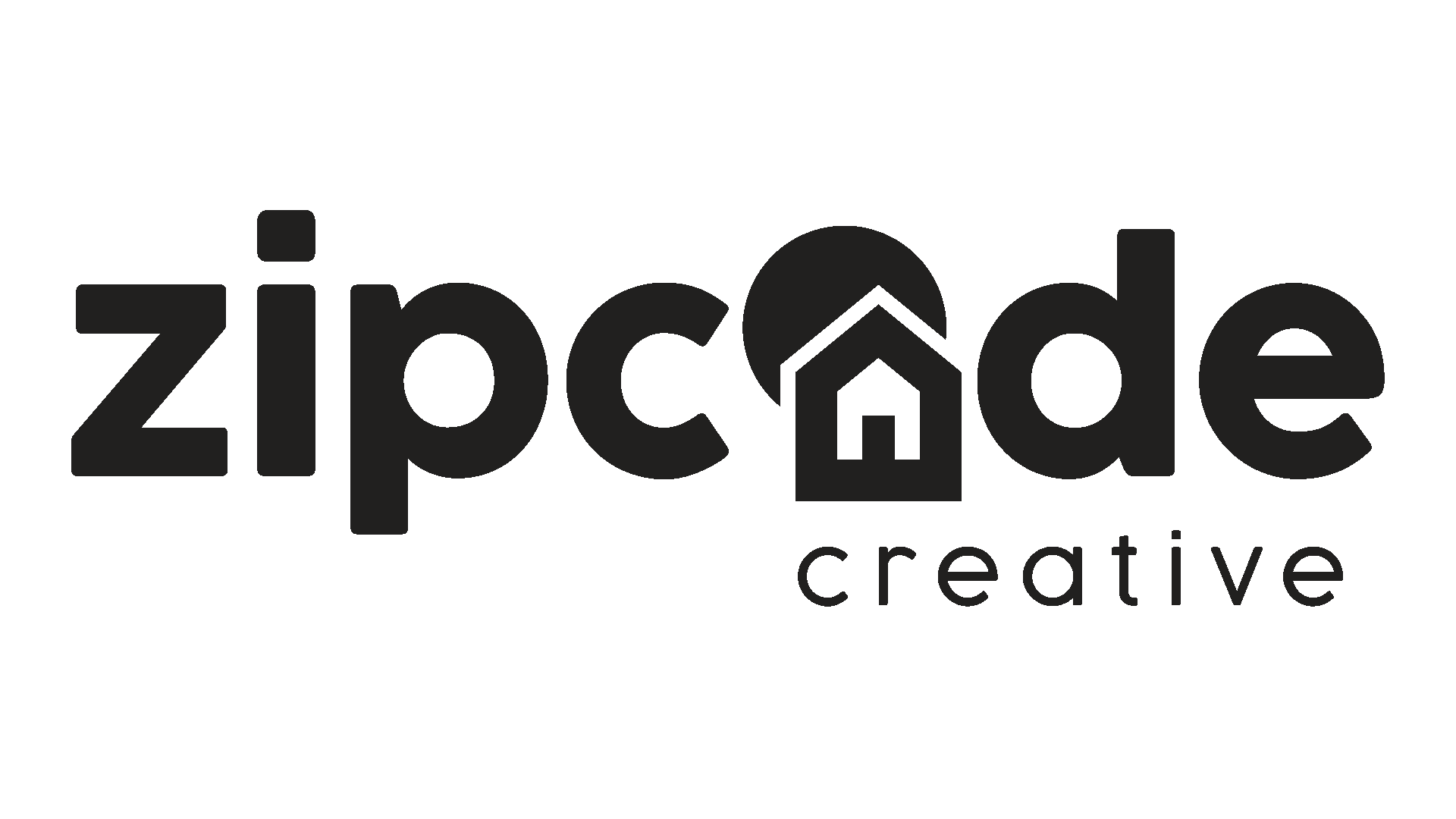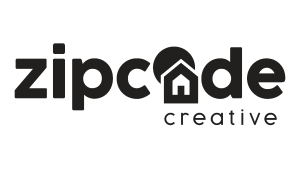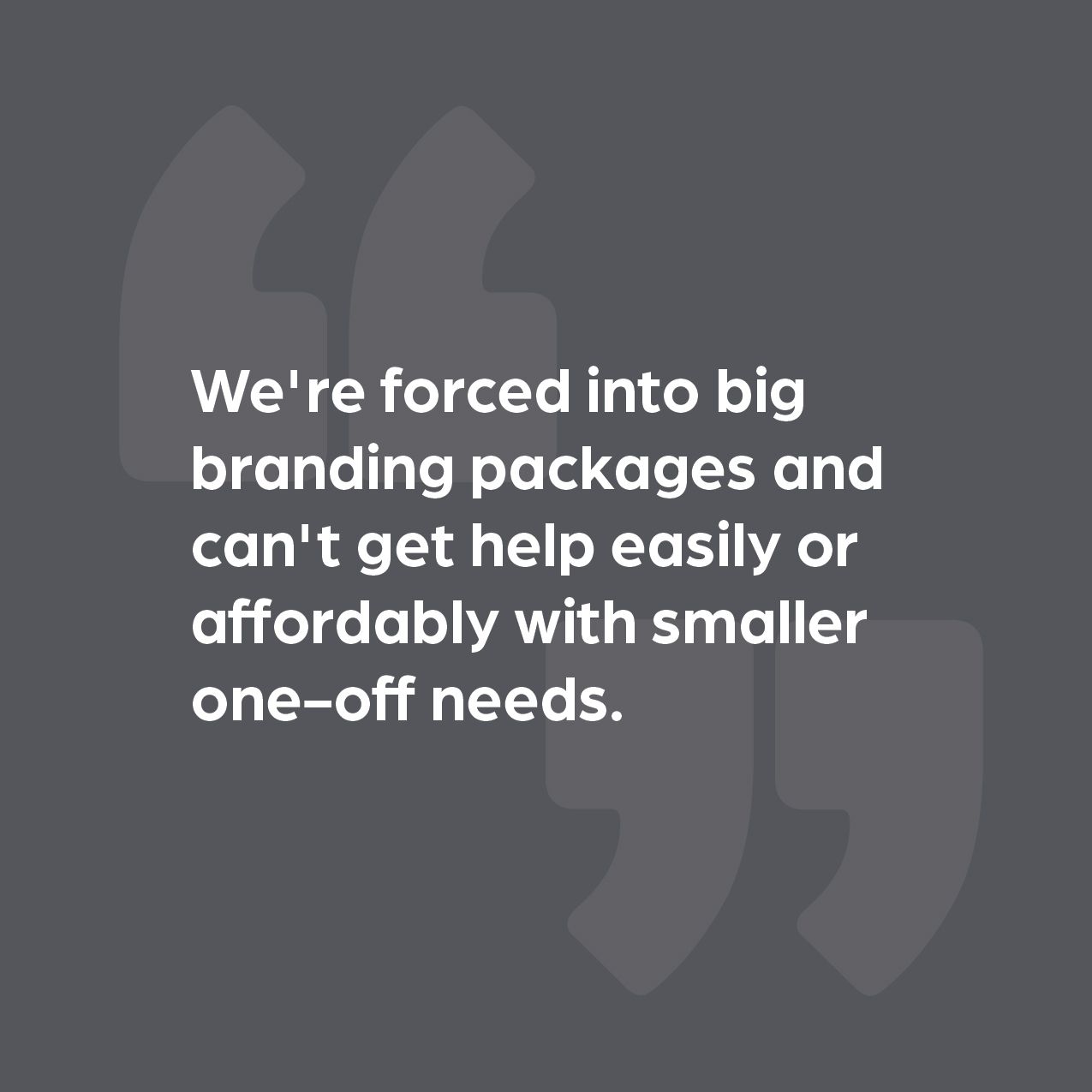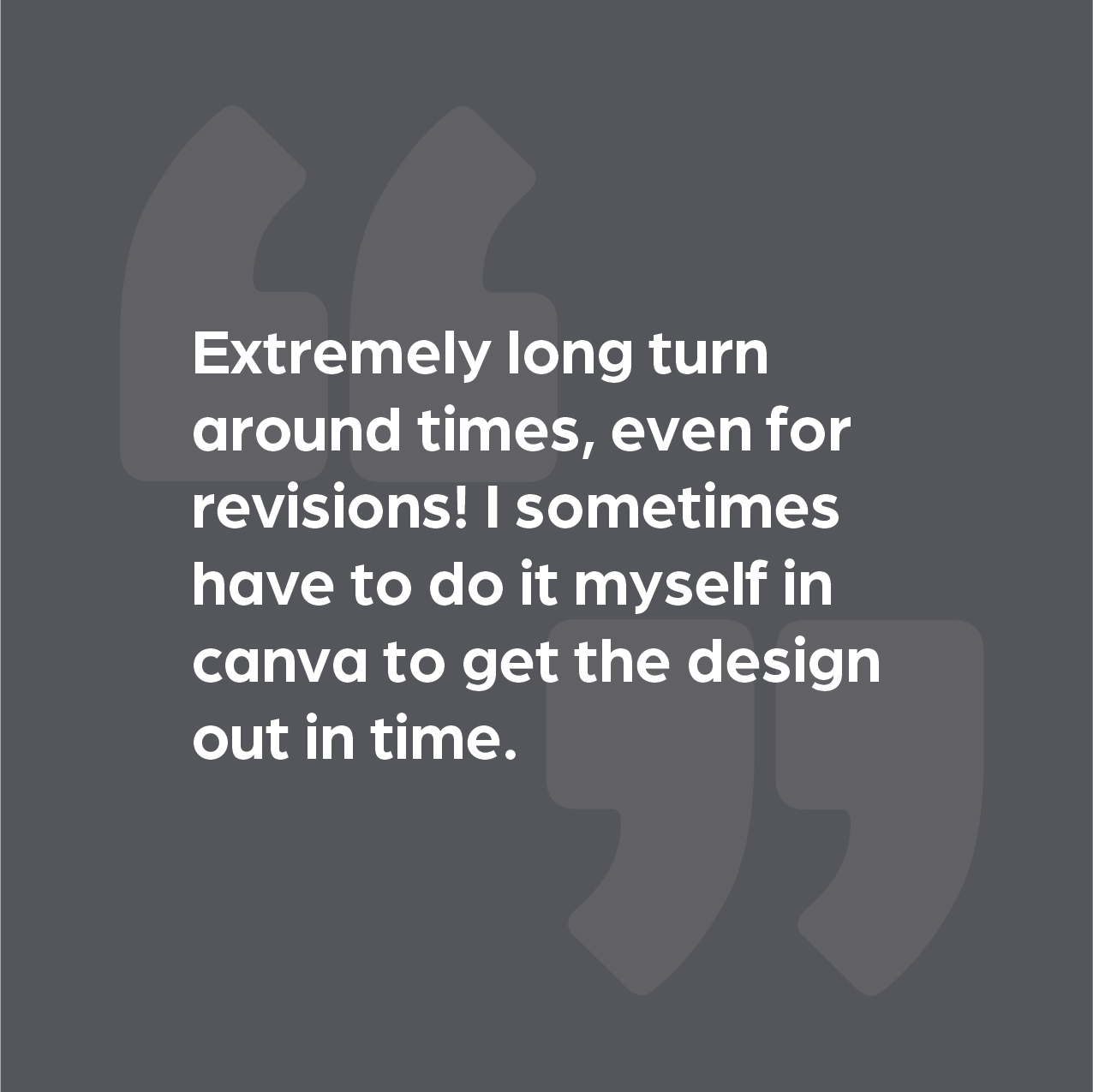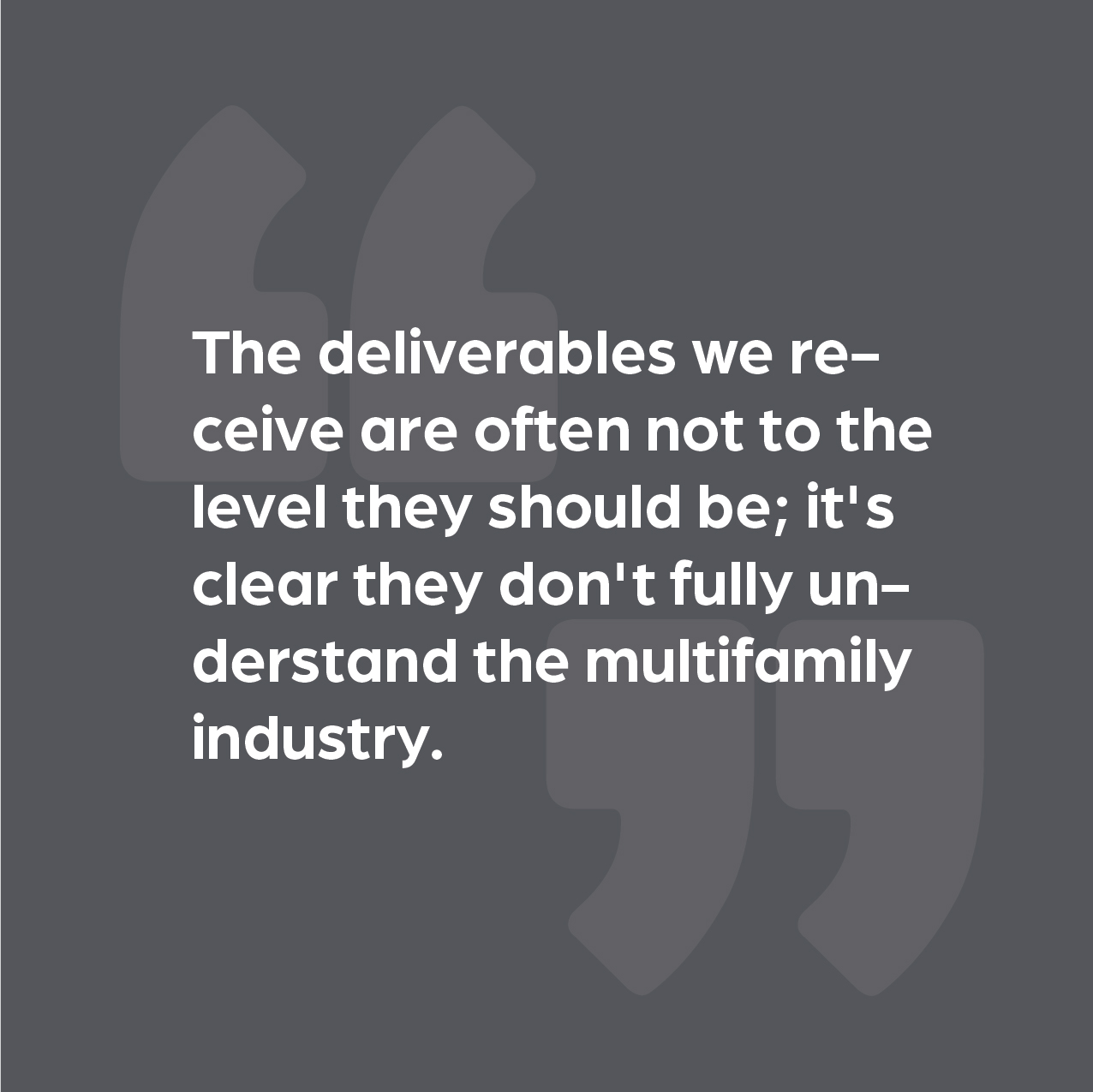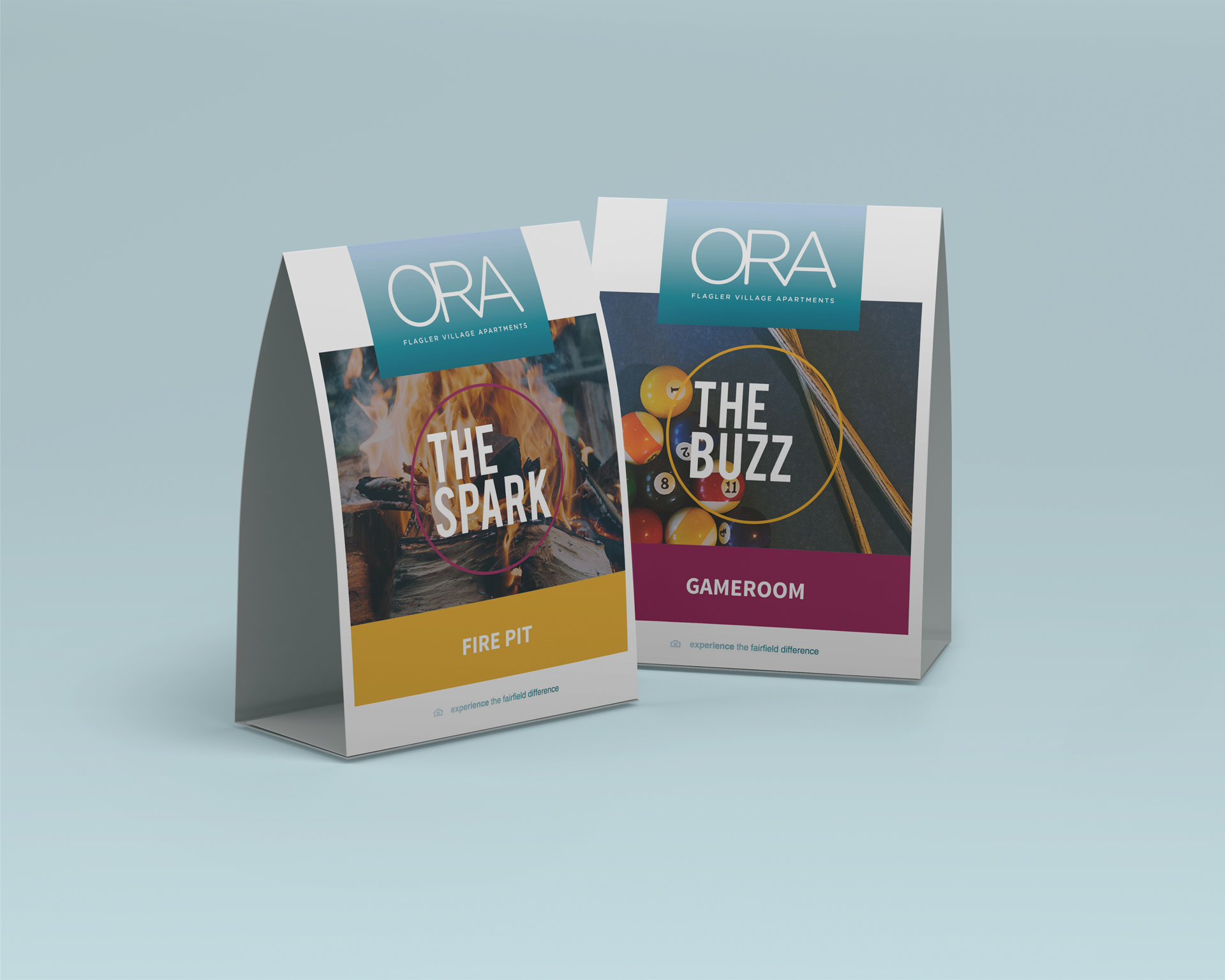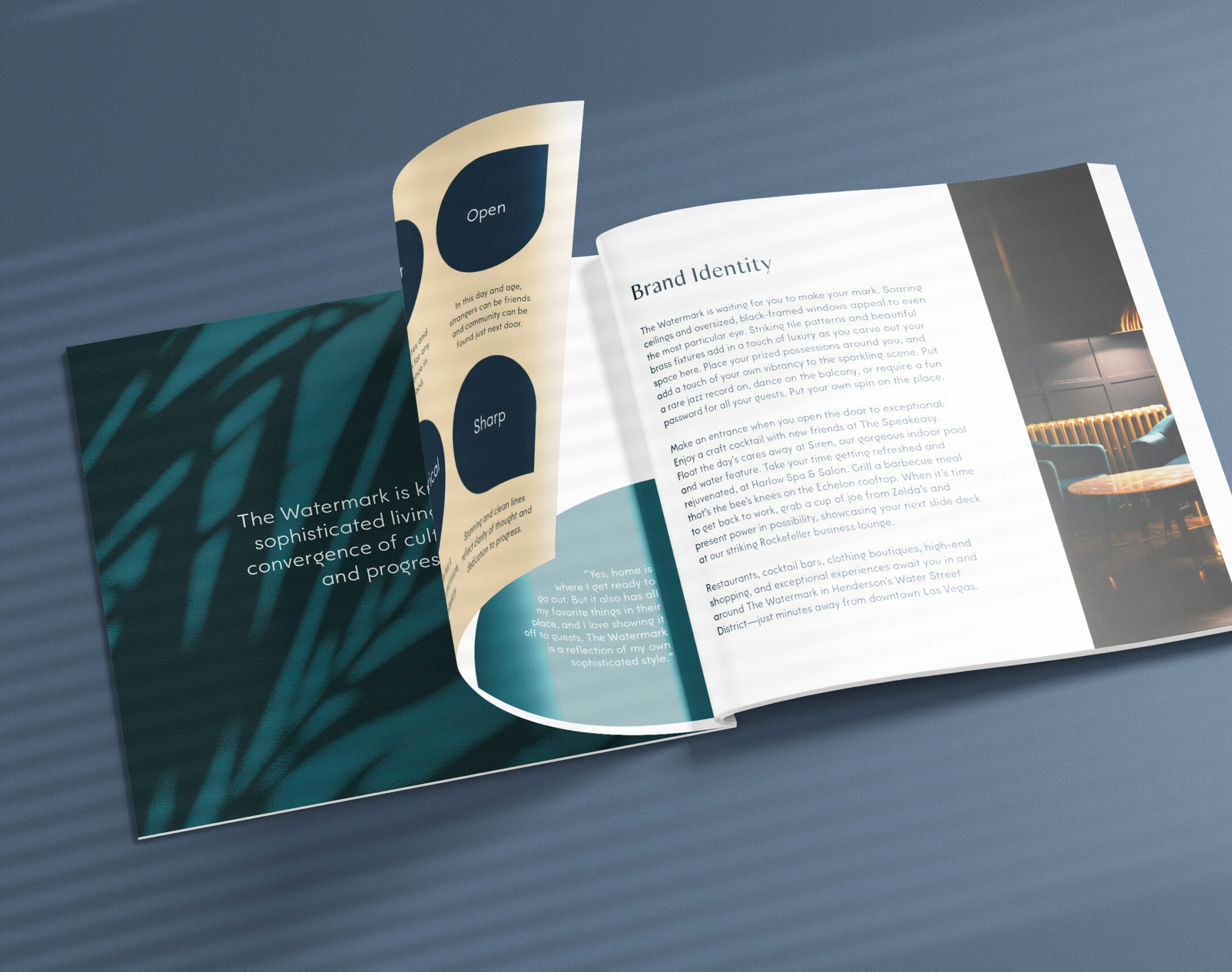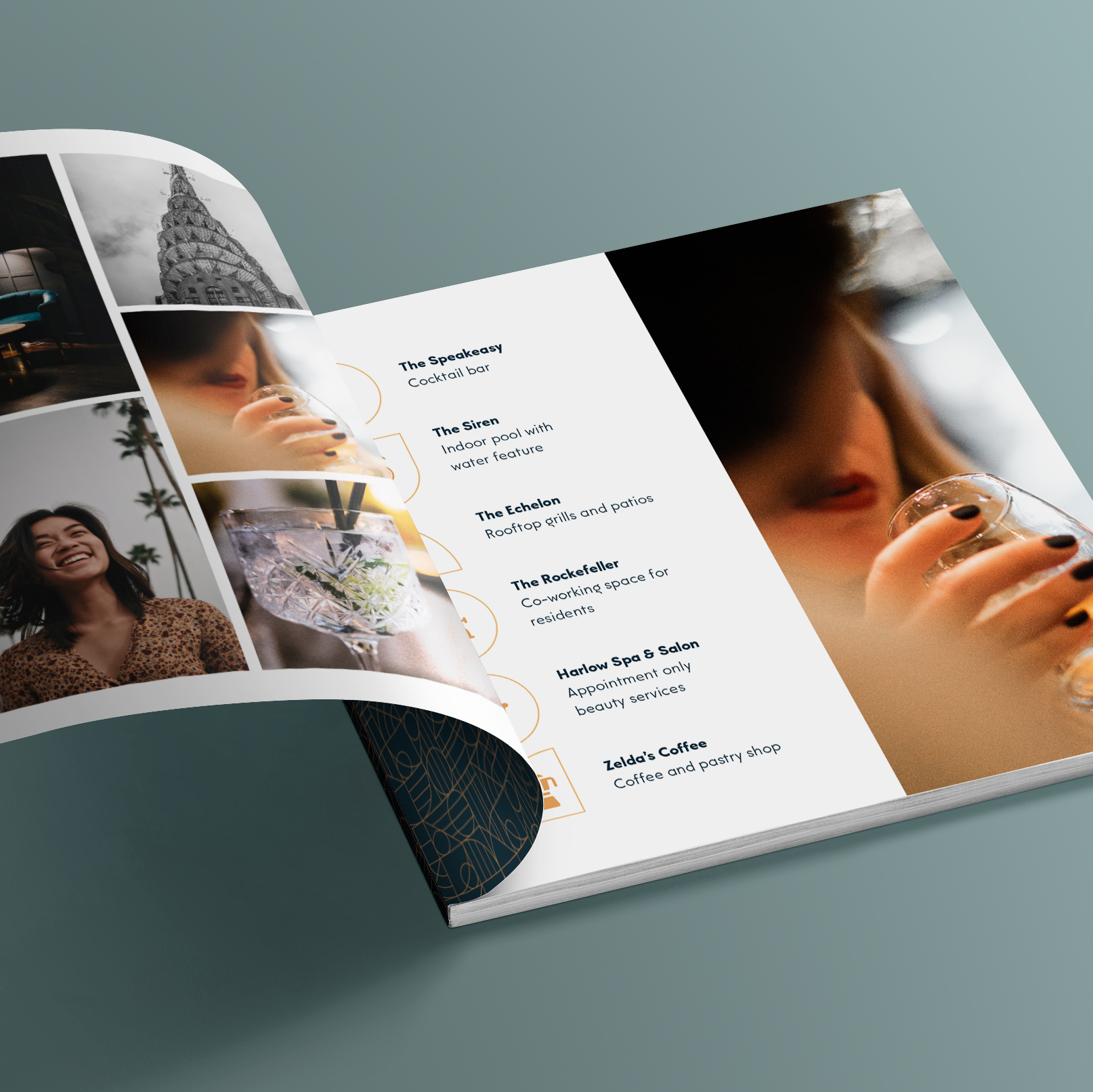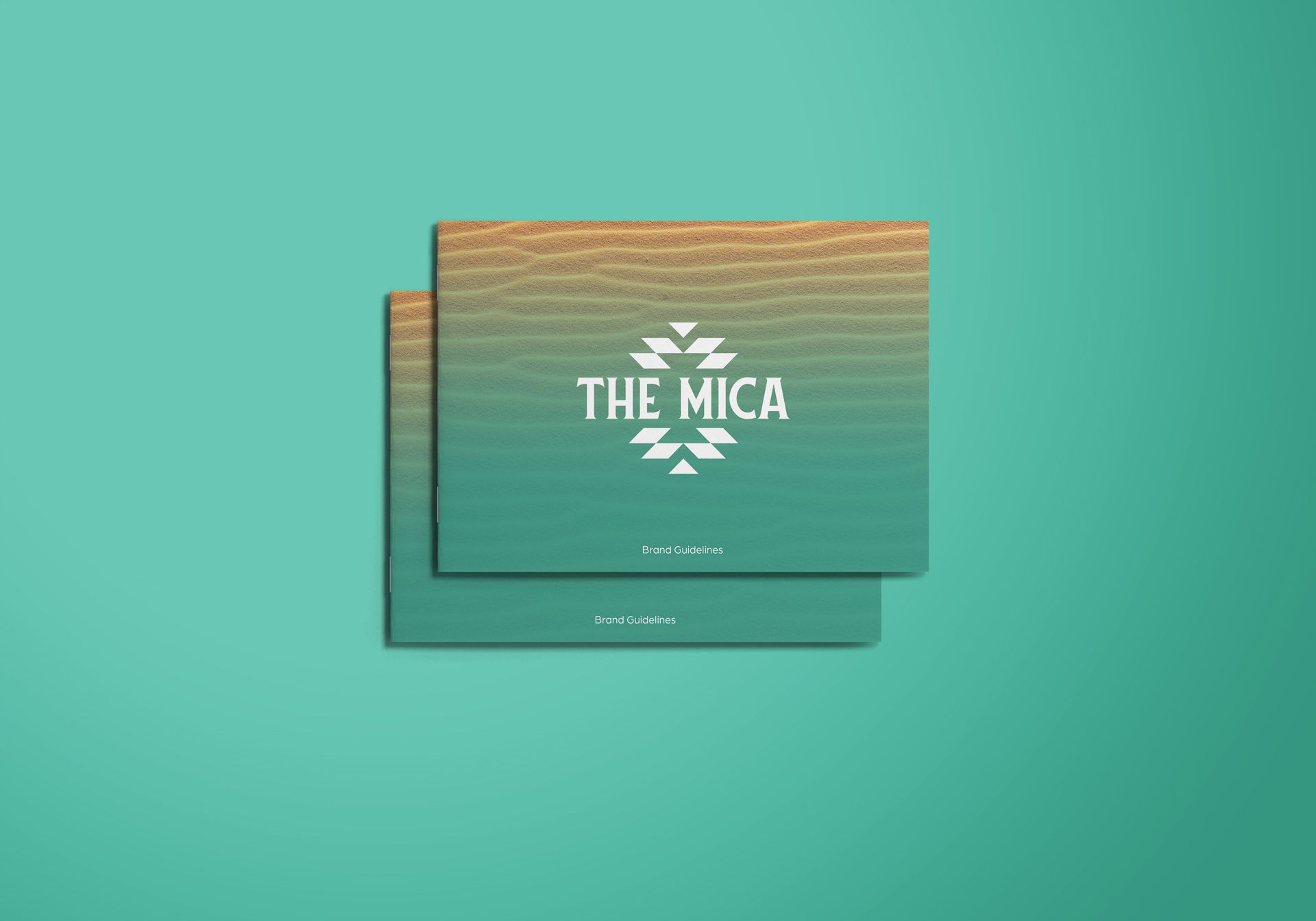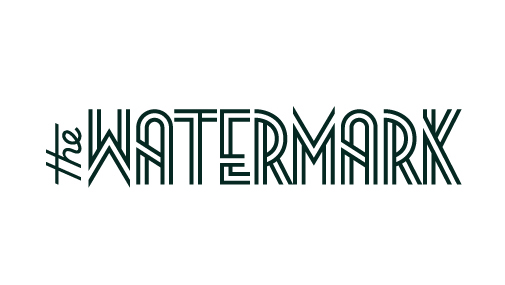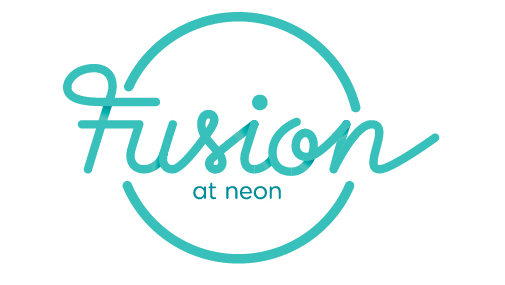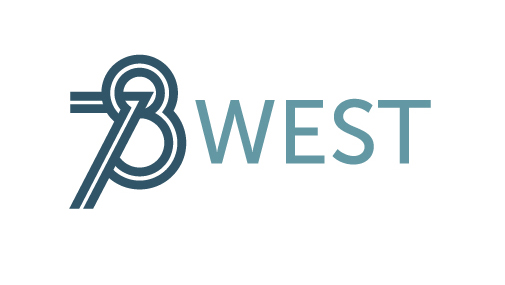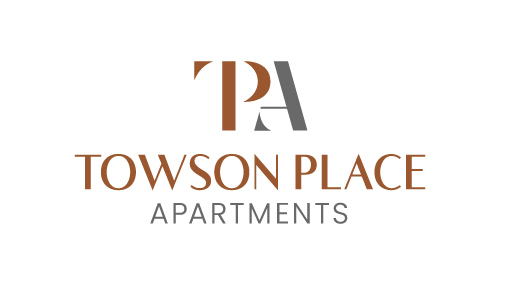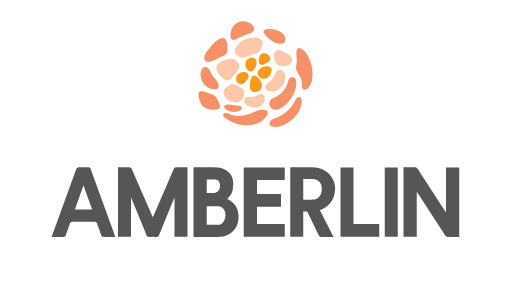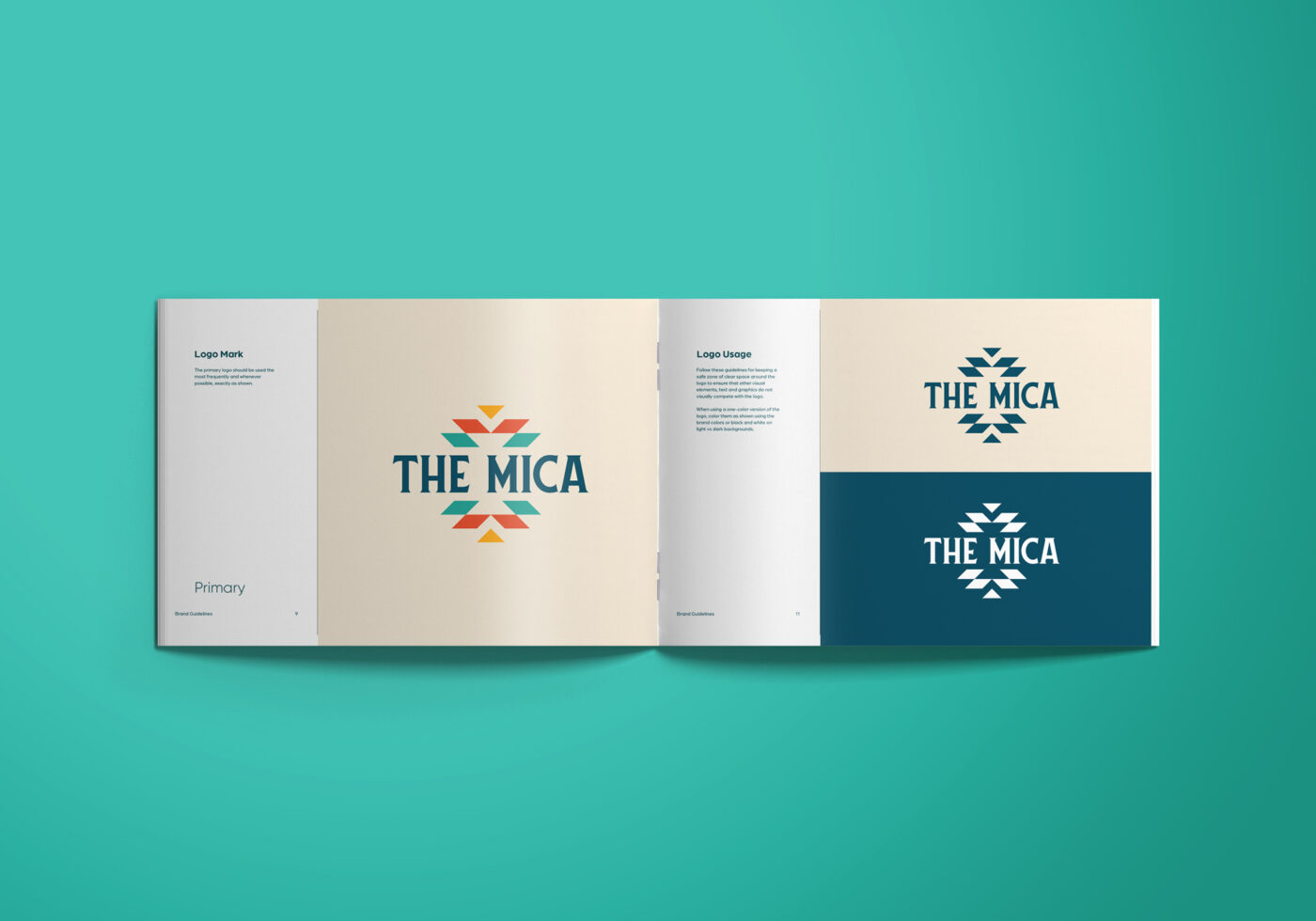How to Choose the Best Color Pairings for Apartment Branding
Color is so essential to branding and design, that brands are often recognized by just their chosen hues—even before our brains can process the logo shape or words. The cherry red of the Coca-Cola logo or the red and yellow that signify McDonalds are as distinct—if not more recognizable—than some of their other branding elements. Be sure to prioritize color pairings for your apartments to help make your mark. Before you design your logo or create your community website, start with finding the best combinations for your community using these tips and tricks.
Understanding Color Theory
Color harmony is one of the main tenets of color theory that assesses which colors work well together—and which don’t. There are three main approaches to color harmony: complementary colors, analogous colors, and triadic colors.
Complementary Colors
Complementary colors are those that are opposite on the color wheel. For example, red and green, purple and yellow, and blue and orange are all complementary color pairings. The reason these colors work so well together is that complementary colors pair together a warm and cool color to create contrast. The opposing hues help the colors appear brighter for a more eye-catching combination.
Complementary color pairings are often found in nature, which also makes them naturally pleasing to the human eye. For example, purple flowers with a yellow center, an orange sunset over the blue ocean, or green leaves with bright red berries are all beautiful combinations that you can find on almost any nature walk.
Analogous Colors
Unlike complementary colors, analogous colors are those that are next to one another on the color wheel. Red, orange, and yellow, or blue, green, and yellow are examples of analogous color combinations. When creating an analogous color scheme, one color should be the dominant shade, while the others serve as accent colors. Though these color palettes aren’t as attention-grabbing as complementary color schemes, they are still very pleasing to the eye and are a good, more subtle option when choosing your brand colors.
Triadic Colors
Triadic color schemes are combinations of three separate shades that are equal distances apart on the color wheel. Red, blue, and yellow, for example, is one of the most common triadic color palettes. Green, orange, and purple is another triadic combination. While this approach is less common than complementary or analogous color schemes, it’s a vivid option that can help your brand’s logo and marketing materials stand out.
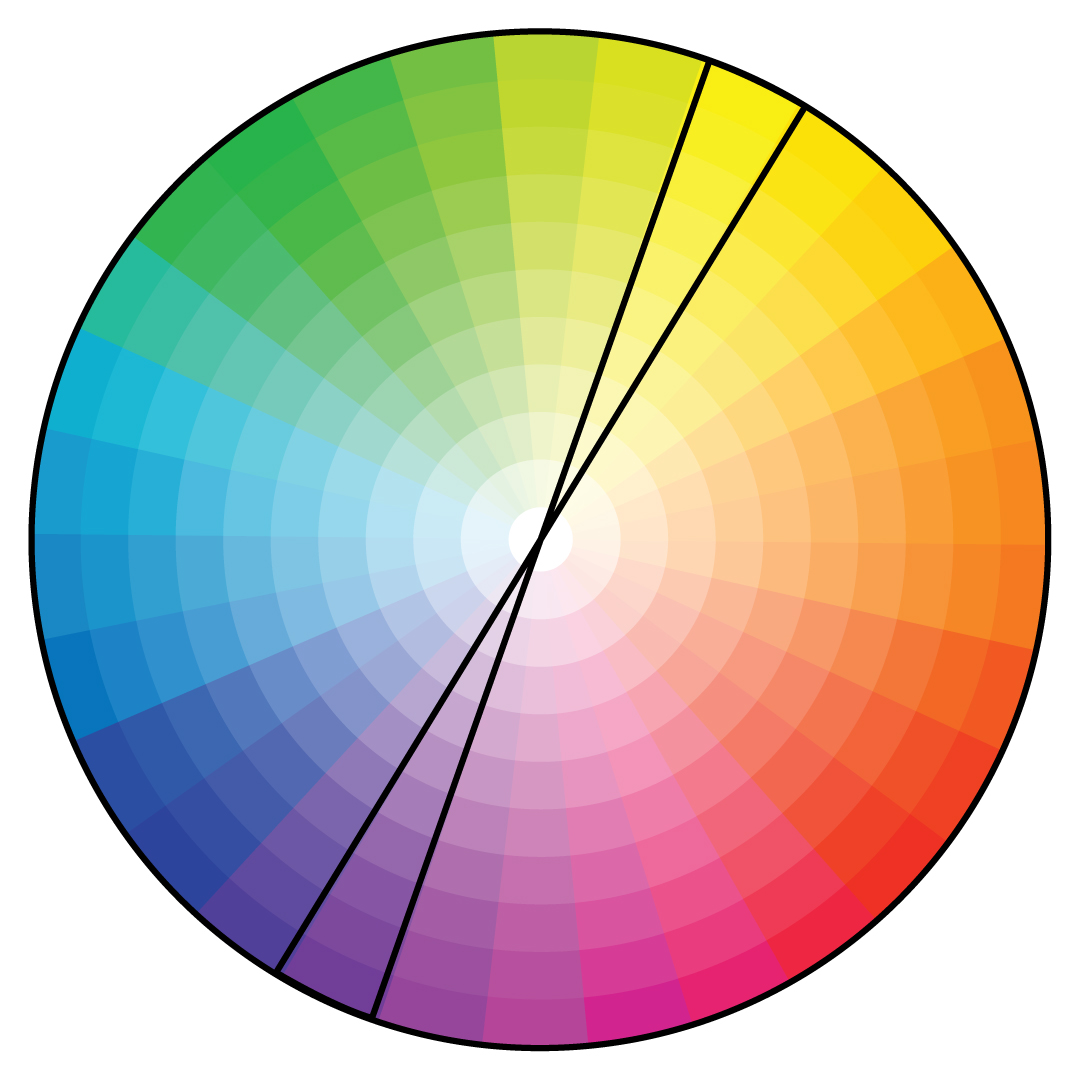
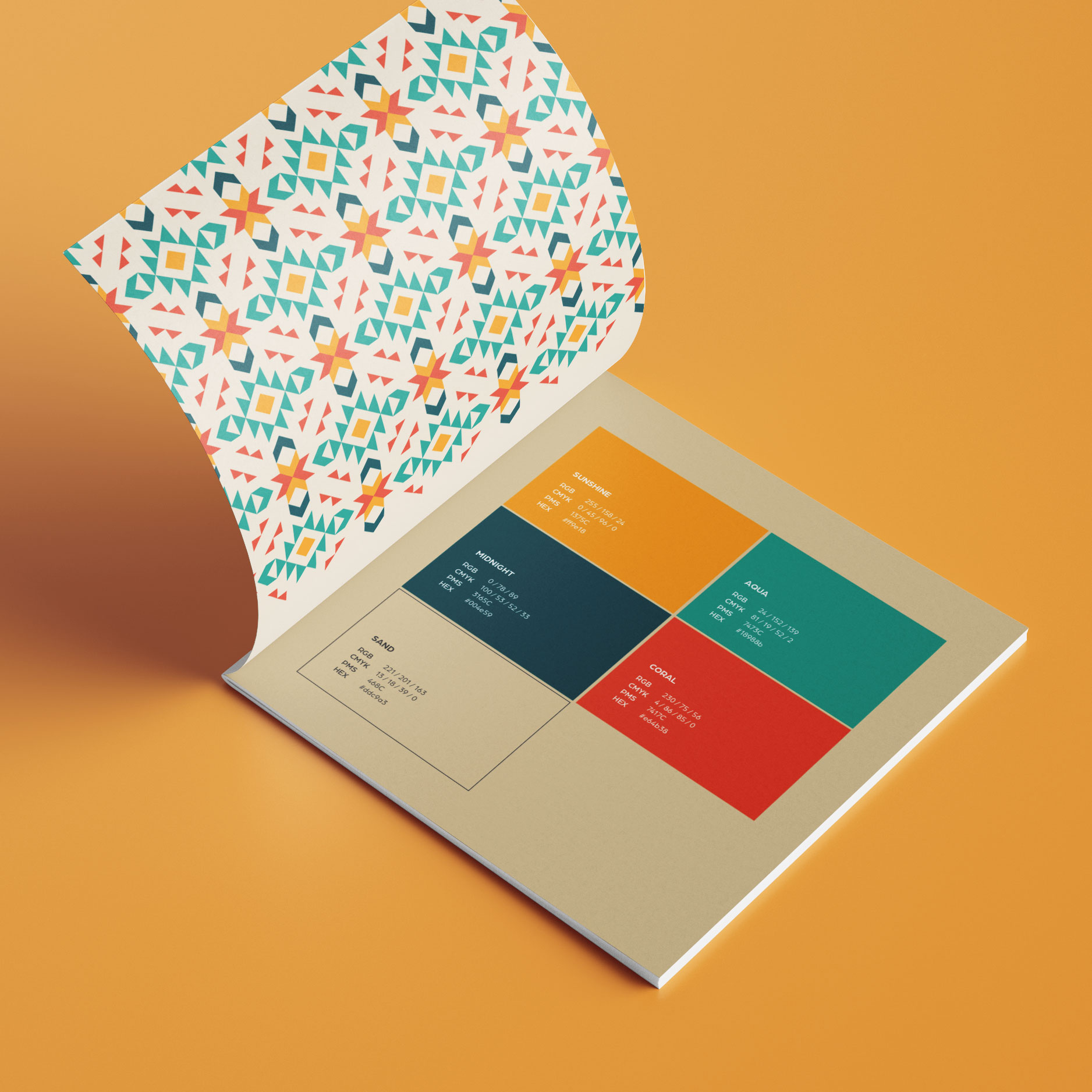
Choosing Your Color Scheme
Because there are nearly infinite color combinations to choose from, it can be a challenge to pick your brand colors. To make it simpler, start with the favorite or must-have color. Take that shade and create a few different color palettes to see what works best with your brand.
Combine your chosen shade in a complementary, analogous, and triadic color pairing. This will help you see your favorite hue in several different combinations, making it easier to visualize what your brand colors and logo might look like.
Be sure to also take a look at color psychology to ensure your chosen shade speaks to your brand values. Each shade has intrinsic effects on people, whether they realize it or not. Blue, for example, tends to have a calming effect while red creates a sense of urgency. Green is associated with wealth, while purple is often associated with respect and wisdom. Before finalizing your palette, evaluate your chosen primary color and make sure that the meaning aligns with what you want your brand to be known for.
Once you’ve nailed down your palette, don’t forget to expand your hues by adding both light and dark shades—to create a well-rounded palette that allows you to develop any marketing asset your community may need.
If you’re struggling to find the perfect pair of colors to represent your apartment community, we can help. As design experts in the multifamily space, we know exactly how to curate brand colors to make your community stand out. Get in touch today to get started!
